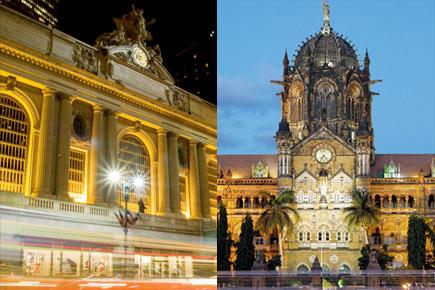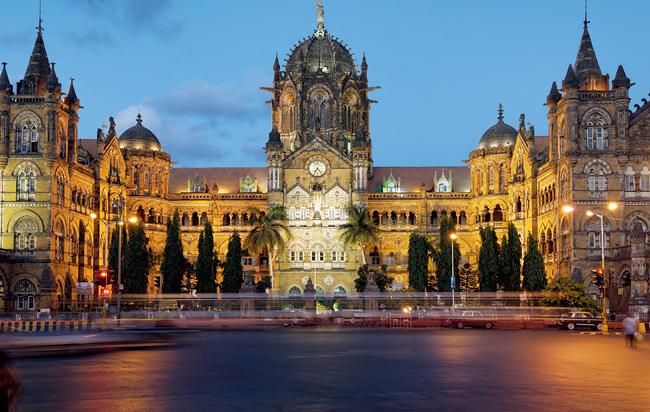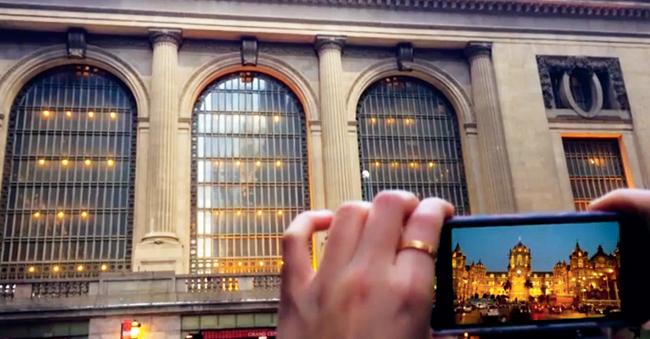Catch a special screening of two student short films that identify the similarities and differences between Mumbai's CST station and New York's Grand Central Terminal

Filmed by architecture students from New York’s Barnard + Columbia Architecture and JJ School of Architecture in Mumbai, Momentary Transition — The Collective Art Project is an attempt to explore the similarities and differences between Chhatrapati Shivaji Terminus (CST) in Mumbai and Grand Central Terminal in New York.
ADVERTISEMENT

Grand Central Station
The project had 28 students from both the schools, who were divided into four different groups, each overseen by a mentor. Each group had to film the two stations to create two short films that not only study the aesthetic appeal of these busy railway stations, but to also highlight their successes and failures.

Chhatrapati Shivaji Terminus
Rajeev Thakkar, faculty member for the project talks about the project and why the two stations make for exemplary subjects of study. The other faculty members were Kadambari Baxi from Barnard + Columbia Architecture, Mustansir Dalvi from JJ School of Architecture and Sonal Shah, architect and urban planner.

A still from Momentary Transition -- The Collective Art Project
Q. It is the first time that Mumbai’s CST station is being identified along with New York’s Grand Central Terminal. Was there any common ground that led to this identification?
A. Train stations are extremely different from other nodes of transport like airports, as the important ones tend to lie in dense urban centres and provide integral connectivity to everyday dynamics of the city. Grand Central and CST Mumbai are amazing examples of buildings that have tremendous architectural value and also are lifelines for transporting resources into and around their urban centers. Whether they were similar or different wasn’t the criteria to choose them. This was left up to the students to construct using film as a medium for expressing these relationships.
Q. How do the architecture and other aesthetic characteristics of the two stations come to play in the film?
A. There are stark contrasts and amazing alignments explored between both spaces. There are points in the film where one doesn’t know where the viewer is but the students have skillfully given both spaces grounding and identity. It’s an ongoing process that could be refined and can change the aesthetic character of both spaces.
Q. Both iconic stations play important roles in their respective cities and also represent different economies. While Grand Central Terminal has managed to increase its capacity with time, CST seems to be struggling to face modern challenges. How do such realities come to play in the film?
A. There is a large focus on technology and architectural space within the films. One can see the differences immediately but can also question their validity in time as which would be the preferred model of development. It isn’t so clearly uni-directional.
The films do show the reality of stations, and this becomes clear but they are more visual essays, which look at developing common lines of linkage and communication between the spaces. I don’t think they claim to provide solutions, but to bring attention to things we normally don’t see, making us think a bit more carefully about how we connect to the rest of the world.
Q. What do the two stations represent and also fail to represent?
A. Seeing both stations in one film makes one realise that they are great urban spaces that perform integral functions to their respective cities. We also begin to realise that they lack the imagination or foresight to transform their urban centres in new and innovative ways.
 Subscribe today by clicking the link and stay updated with the latest news!" Click here!
Subscribe today by clicking the link and stay updated with the latest news!" Click here!






